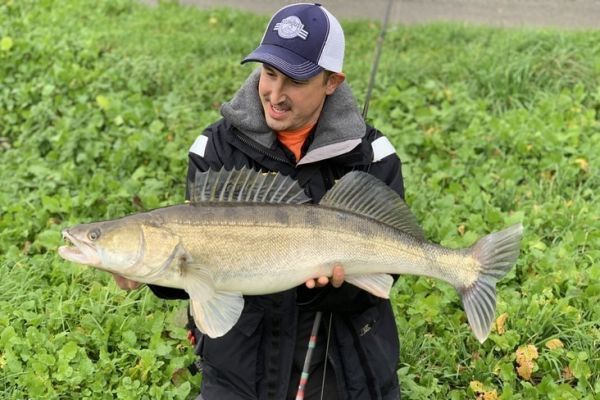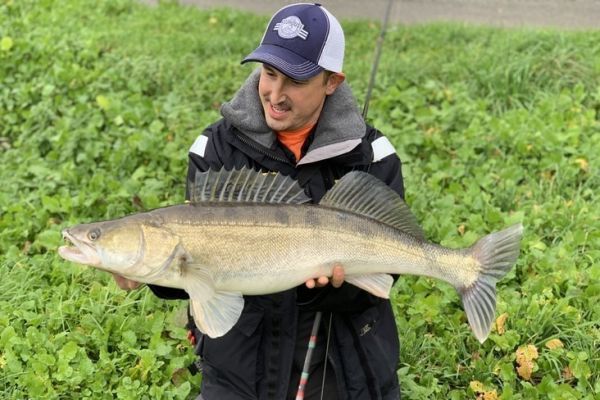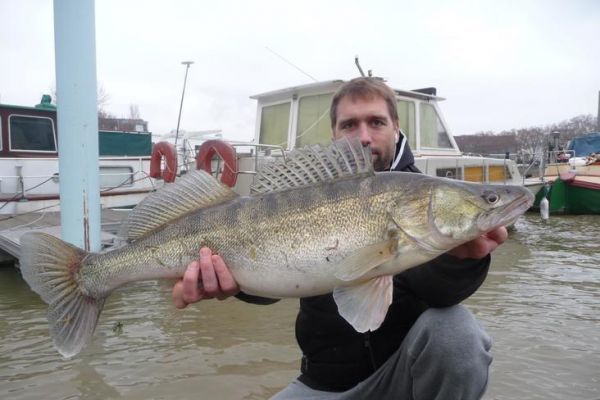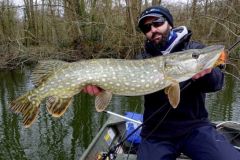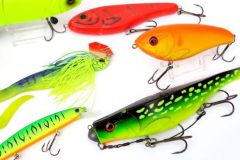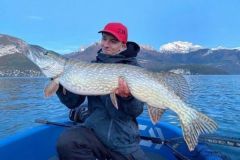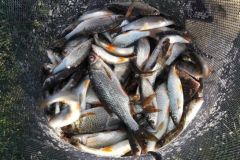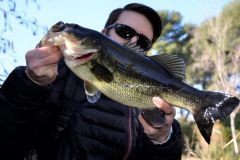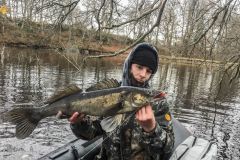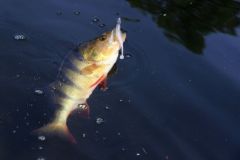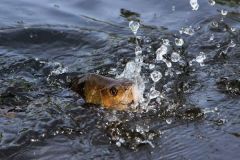Fishing for pike-perch from the shore is not an easy task, and is often a question of targeting accessible spots and the associated activity slots. But in winter, at very specific times, these spots will be within casting range and much easier to apprehend by anglers on foot than those on board. So make the most of it!
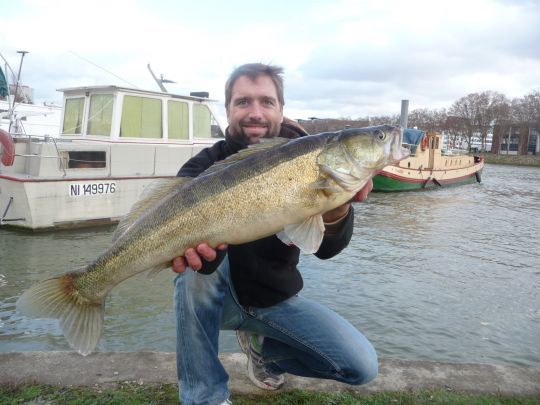
Floods and winter
Winter is often synonymous with heavy rainfall, which leads to high water levels in France's rivers. These phenomena have a very favorable impact on pike-perch fishing, as they lead them to move to areas different from their usual habits in response to changes in the environment. They also create more favourable feeding conditions on the banks.
Feed gathering
When water levels rise sharply and remain high, fish need to find refuge from the current. What applies to carnivores also applies to forage fish, which find themselves concentrated in restricted spaces. Pike-perch and other predators know how to make the most of this well-stocked larder!
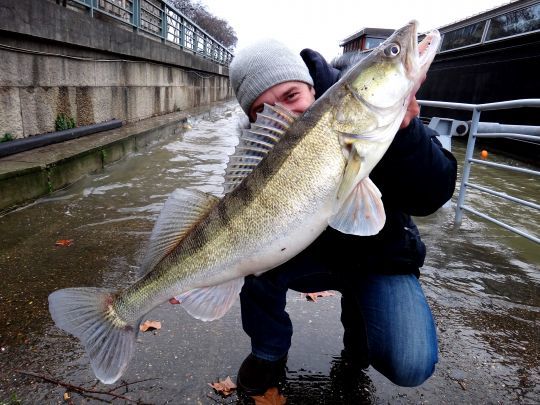
Important currents
In addition, rising water levels create new areas along the river's edge, which the pike-perch are quick to move into to take shelter from currents that have become too strong in the riverbed. "In the open sea, sufficiently comfortable spots are rare and are confined to certain pools and obstacles that deflect the current, such as artificial or natural structures. Bridge piers, downstream islands and dykes are key spots, but remain rare.
Edges offer plenty of shelter, counter-currents and calm zones, and even the smallest space of a square metre can harbour pike-perch, and even a very large specimen.
Water turbidity
As the water rises, so does its turbidity, sometimes to the point of not being able to distinguish a lure 10 cm below the surface. One wonders whether it's really worth fishing in these conditions, yet pike-perch detect our lures without any difficulty.
Remember, this fish is very sensitive to light and darkness provides excellent hunting conditions. Shallow areas usually deserted by pike-perch can hold some wonderful surprises. In this context, you can easily find pike-perch, sometimes very large ones, in less than 1 metre of water at 1 metre from the shore.
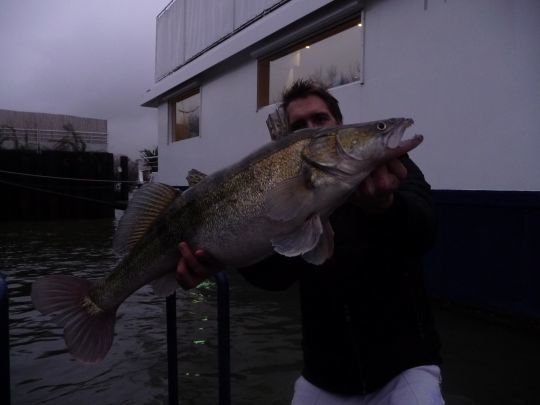
Accessible fish
As you can see, winter, when accompanied by high water, is the perfect time to catch a big pike-perch. Simply because these meteorological phenomena modify the pike-perch holding positions and make them accessible to the majority of anglers, those who fish from the shore!

 /
/ 